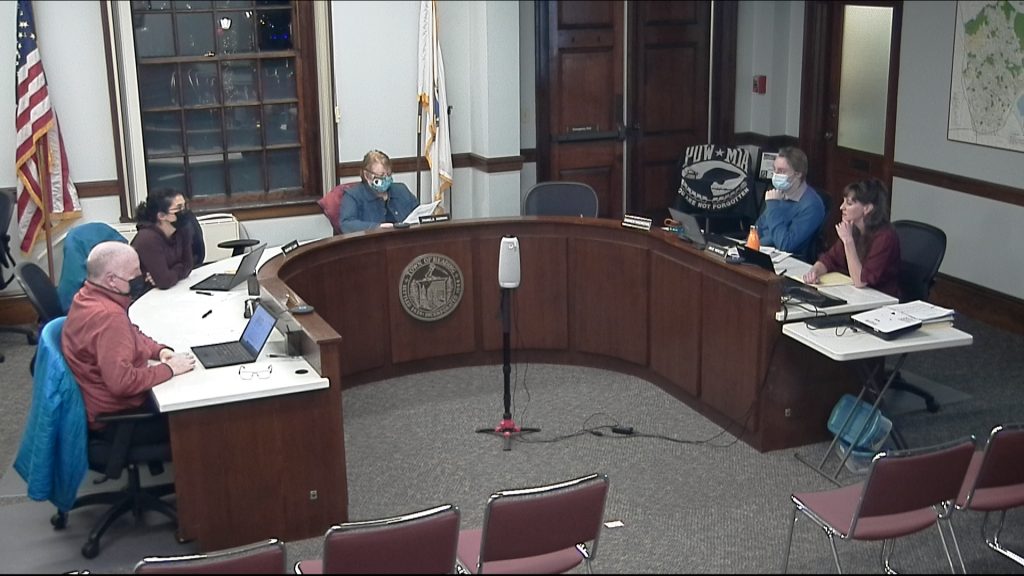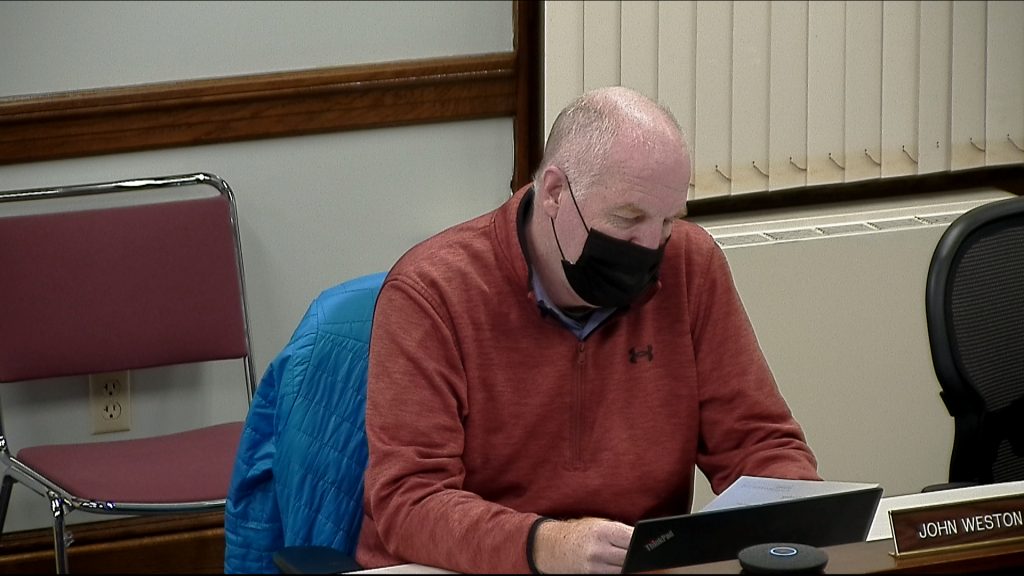Reading, MA — After welcoming new member Catrina Meyer, the Community Planning and Development Commission (CPDC) hosted three public hearings on Monday regarding possible bylaw and regulation amendments. The first hearing concerned the Stormwater Management and Erosion Control regulations. These changes were prompted by changes made to the bylaw by Town Meeting in April of 2021. The regulations relate to water management plans for projects of over one acre that the Conservation Commission does not currently review. The Conservation Commission only reviews projects that have potential wetlands concerns. After discussion, the CPDC voted 5-0 to approve the new regulations.

The second hearing concerned a possible bylaw amendment regarding the floodplain overlay district. Proposed changes would bring Reading’s bylaw into conformance with the National Flood Insurance Program. Community Development Director Julie Mercier explained that the proposed changes include the removal of some definitions, as they are covered in the building code, giving provisions for historical structures as an example.

CPDC member John Weston questioned the prudence of continuing to pursue the changes as new floodplain maps are due in 2023, which are likely to require additional adjustments to the bylaw. Weston continued to refer to the federal appeal to enact changes by the end of 2022 as “dismissive” of the time and efforts of local authorities. “I do not want to take Town Meeting’s time only to change this again in a year,” Weston shared. Weston also suggested that he would have a hard time explaining to Town Meeting why certain changes are proposed when there seem to be no consequences for not doing so. He highlighted a change that would no longer allow the storage of unregistered recreational vehicles in a floodplain. “Town Meeting may have an issue with this,” Weston suggested.
CPDC member Heather Clish agreed though she did state, “I have a hard time believing that if we are not in compliance with the National Flood Insurance Program that someone is not going to have a problem.”
CPDC also reviewed possible regulations for specific areas not in wetlands but did fall in the floodplain. CPDC continued the public hearing to January 24 at 8:30 pm.
The final public hearing dealt with proposed changes to the bylaw regarding the downtown smart growth district. These proposals come as a result of an instructional motion from town meeting to review the bylaw as well as months of research, surveys, and workshops on downtown planning. Mercier explained multiple proposed changes to the 20-page bylaw. Included are a lot coverage reduction to 85%, increased setbacks from residential zones and residential properties, and a minimum lot size of 4,000 square feet. Mercier also questioned if the 45-foot height requirement is too restrictive, asking if increased height could be a tradeoff for more open space. Mercier also presented a tiered plan for waiver request justifications.
Weston began the discussion by wishing to clarify the overall goals of the proposed revisions. These included increased green space downtown, street frontage connectivity, and the issues of parking, affordable units, and open space. He suggested that one of these issues in a project would push the other two out in the final three tiers. Chair Pamela Adrian agreed, “There have to be some trade-offs,” Adrian stated. Clish also stated a goal of minimizing the energy footprint of projects.
Weston also mentioned that the current regulations are designed to encourage mixed-use development. “Left to their own devices, all these developments would be residential,” Weston suggested. Associate member Tony D’Arezzo noted that the town is not losing commercial space to residential space but to parking concerns.
Resident Mary Ellen O’Neil reminded the CPDC about the trade-offs that create no open space in the area. “We want a suburban downtown,” O’Neil stated. Resident David Talbot weighed in, suggesting a downtown master plan be developed with intentional areas created for open space. If this were accomplished, the need for open space to be included in individual projects would not be an issue. While Weston did not disagree, he expressed concern about making plans regarding privately-owned property.
Resident Sarah Brukilacchio shared the opinion that the proposals are positive steps. “I hear a lot that makes me happy,” Brukilacchio declared. Brukilacchio questioned whether or not the tiers for waivers should be placed in the design guidelines instead of the bylaw.
CPDC continued the public hearing to January 10 at 7:30 pm and adjourned at 11:00 pm.
